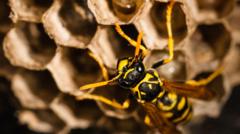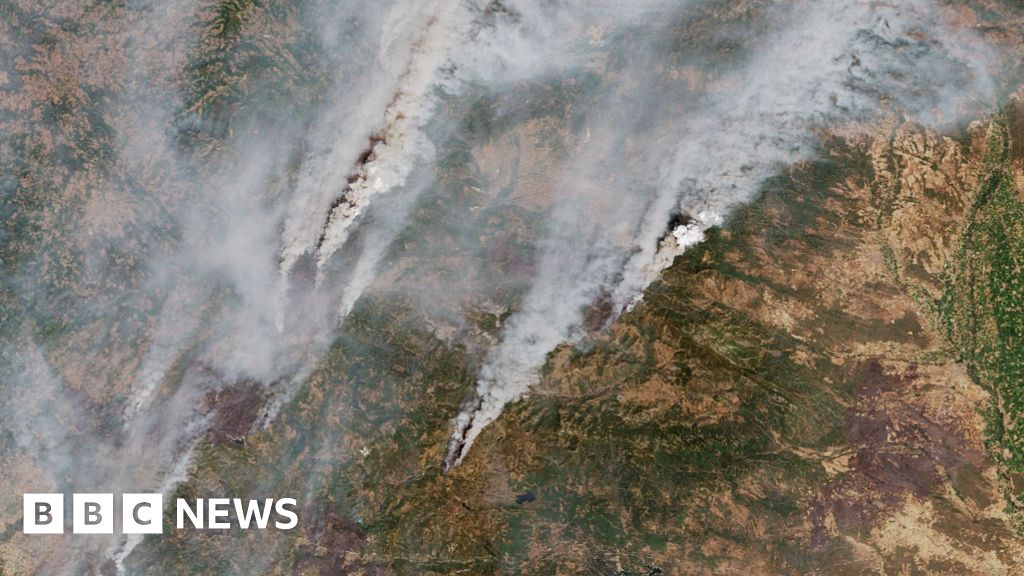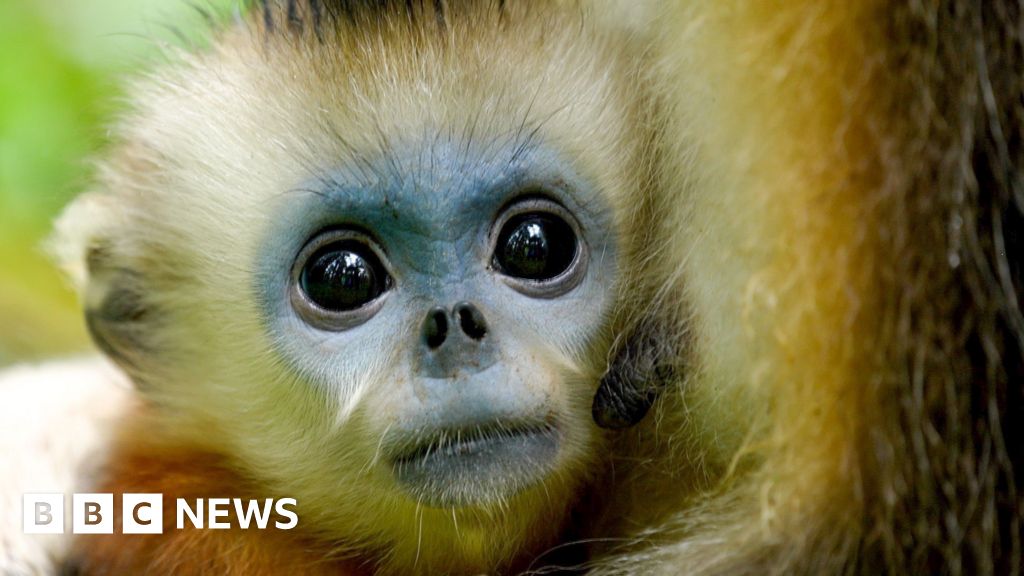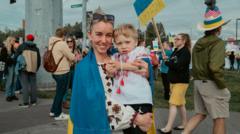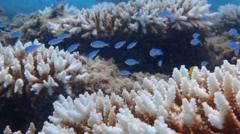A radioactive wasp nest with radiation levels ten times higher than allowed was found at a facility previously dedicated to producing parts for U.S. nuclear weapons, according to federal officials. The discovery was documented in a report released by the U.S. Department of Energy last week, which stated, “The wasp nest was sprayed to kill wasps and then bagged as radiological waste.” Notably, no wasps were present at the site, located near Aiken in South Carolina.
Investigators clarified that this contamination is not a result of any nuclear waste leak and does not pose a risk to the environment or public health. Environmental advocates have criticized how the government has addressed the incident. The wasp nest was uncovered during routine radiation inspections at the Savannah River Site on July 3, situated near millions of gallons of stored liquid nuclear waste; however, officials confirmed there was no leakage from these tanks.
The report attributes the high radiation levels detected in the nest to what is termed "onsite legacy radioactive contamination," referring to residual radioactivity from the site's operational days during the Cold War. Established in the 1950s for plutonium production crucial to nuclear weapons, the facility remains active, focusing on nuclear materials for energy generation.
The energy department's report also stated that the wasps inhabiting the nest would have been radiologically safe, as they typically do not travel far from their nests, with the discovery occurring in the expansive 310-square-mile Savannah River Site. "No contamination was found in the area," the report asserts, emphasizing that there were no adverse effects on workers, the environment, or the public.
However, watchdog group Savannah River Site Watch expressed anger and concern, stating that many critical questions remain unanswered. Spokesman Tom Clements voiced his frustration, questioning the origin of the radioactive waste and any potential leaks from the waste tanks. Historically, the Savannah River Site produced over 165 million gallons of liquid nuclear waste, and while eight underground tanks have been closed, 43 remain operational.

